What Are Thinning Cuts: How To Employ Thinning Cuts On Trees Or Shrubs
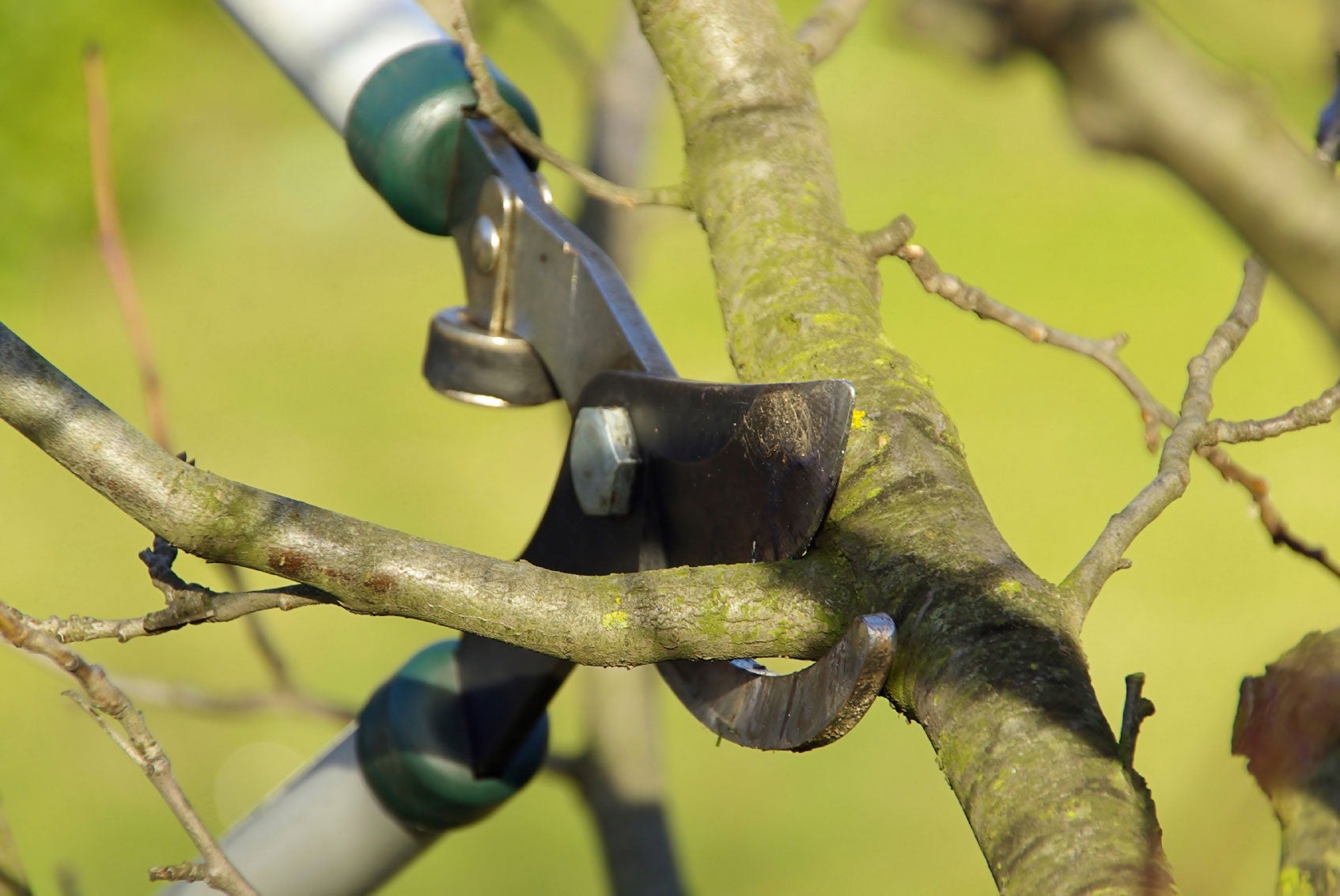

Pruning trees and shrubs is an important part of their maintenance. The proper cutting implements and techniques are crucial to the plant's overall health, prevention of disease, productivity, and building of a strong structure. Good knowledge on how to employ thinning cuts to create the best scaffold and increase bud and flower manufacture not only enhances the appearance of the tree but also its vigor. The thinning of trees is especially important in mature specimens as well as in the formation of sturdy young trees.
What are Thinning Cuts?
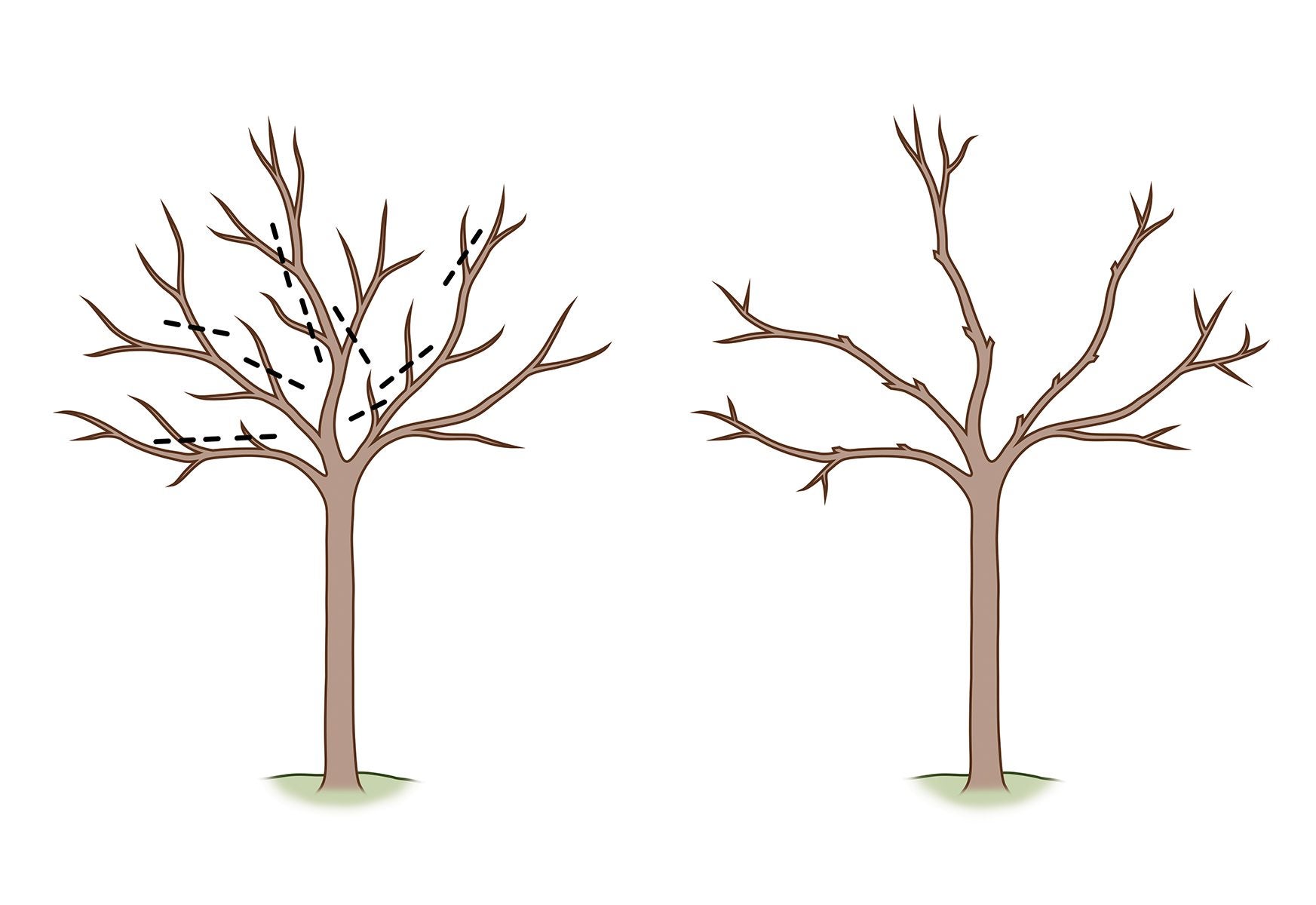
Pruning is generally the cutting away of malicious wood to increase airflow and bud formation. It is also used to remove dead wood and remove problem stems and branches. But what are thinning cuts? This is the selective removal of certain branches back to the branch collar to open the canopy but preserve the appearance of the tree. It doesn't change the overall shape of the tree, but thinning tree branches does increase air circulation and light. This helps prevent certain diseases and infestations and boosts bud and fruit production.
Pruning Equipment for Thinning of Trees/Shrubs
There are a few things to remember before starting on a pruning project. First, choose the right tool.
- Thinning cuts in pruning that only remove the smaller terminal wood can often be done with just a pair of hand pruners.
- Bypass pruners handle slightly smaller wood just under an inch (2.5 cm.) in diameter.
- Loppers are for broad projects and are not very useful in the thinning of trees.
- A telescoping pair of extension pruners are made for tree wood removal.
- Large limbs will require a saw.
Make sure the tools you use are sharp and free of dirt.
How to Employ Thinning Cuts
Thinning tree branches removes the wood to the point of origin. This stimulates very little growth if used in moderation. The process is also called drop-crotching because it takes the wood back to the crotch or 'V' where it originated. Hold the pruners at a slight angle and cut just above the parent wood but not into the wood. Make the cut just above a growth or bud node with the angle positioned so any moisture will be directed away from the bud. Choose limbs and stems that are crossing, rubbing, or damaged first. Step back often as you make thinning cuts in pruning to make sure you are getting an open canopy and even interior wood removal. Thinning tree branches can be done annually if necessary.
Gardening tips, videos, info and more delivered right to your inbox!
Sign up for the Gardening Know How newsletter today and receive a free copy of our e-book "How to Grow Delicious Tomatoes".

Bonnie Grant is a professional landscaper with a Certification in Urban Gardening. She has been gardening and writing for 15 years. A former professional chef, she has a passion for edible landscaping.
-
 Try The Trend – Turn Any Bed Into A Keyhole Garden With This Clever In-Ground Composter
Try The Trend – Turn Any Bed Into A Keyhole Garden With This Clever In-Ground ComposterKeyhole gardening is an efficient and sustainable practice that saves space. Get started on this DIY project quickly and easily with an in-ground composter.
By Bonnie L. Grant
-
 4 Superfast Composting Methods: Turn Waste Into Garden Gold In 30 Days Or Less
4 Superfast Composting Methods: Turn Waste Into Garden Gold In 30 Days Or LessTry the fastest composting methods to turbocharge your pile and transform kitchen scraps and garden waste into finished compost in just a few weeks.
By Mary Ellen Ellis
-
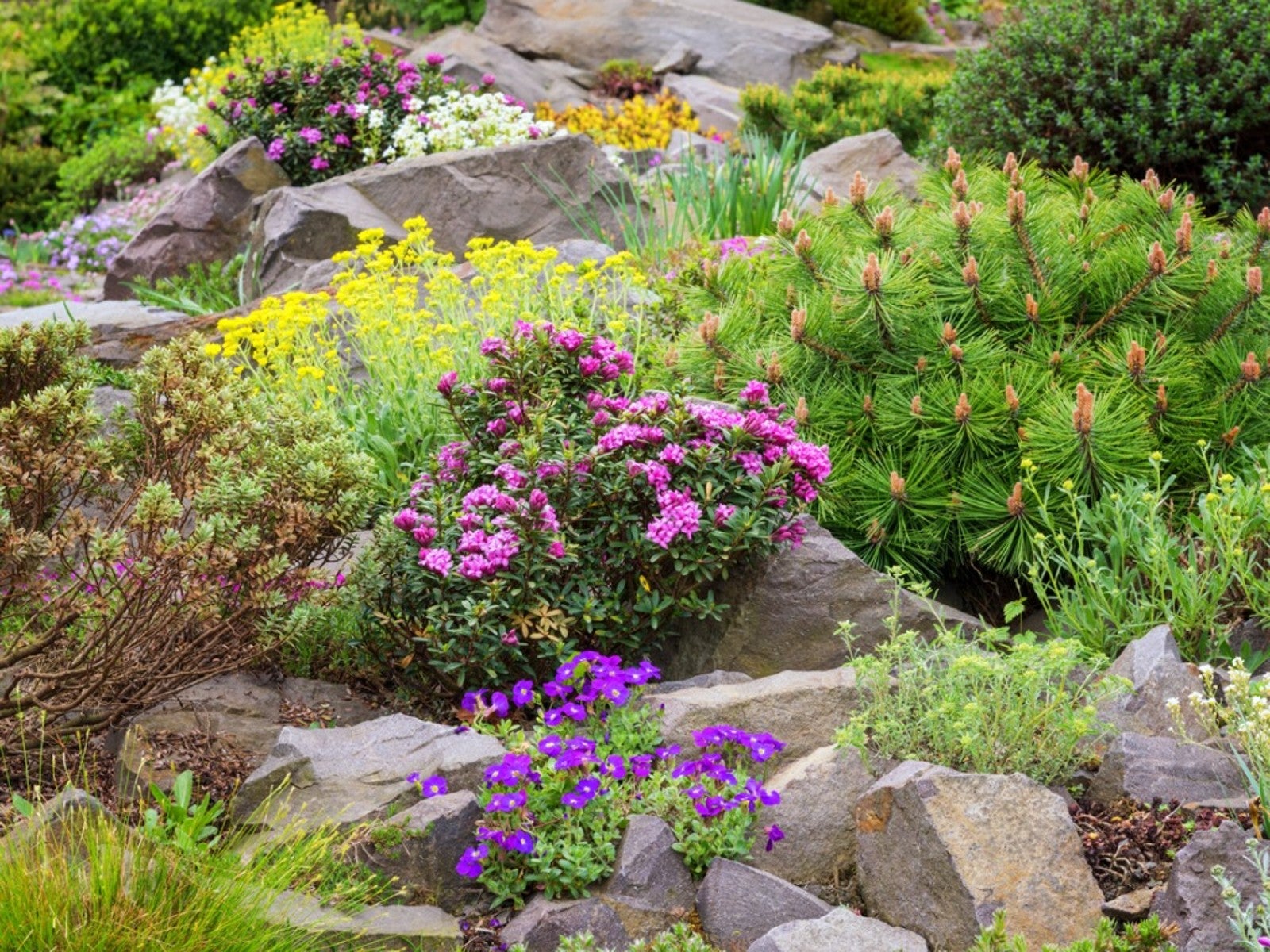 Best Short Bushes For Erosion Control
Best Short Bushes For Erosion ControlErosion is a serious problem that can be solved with the right plants. Read about some low-growing shrubs that can help with erosion control.
By Bonnie L. Grant
-
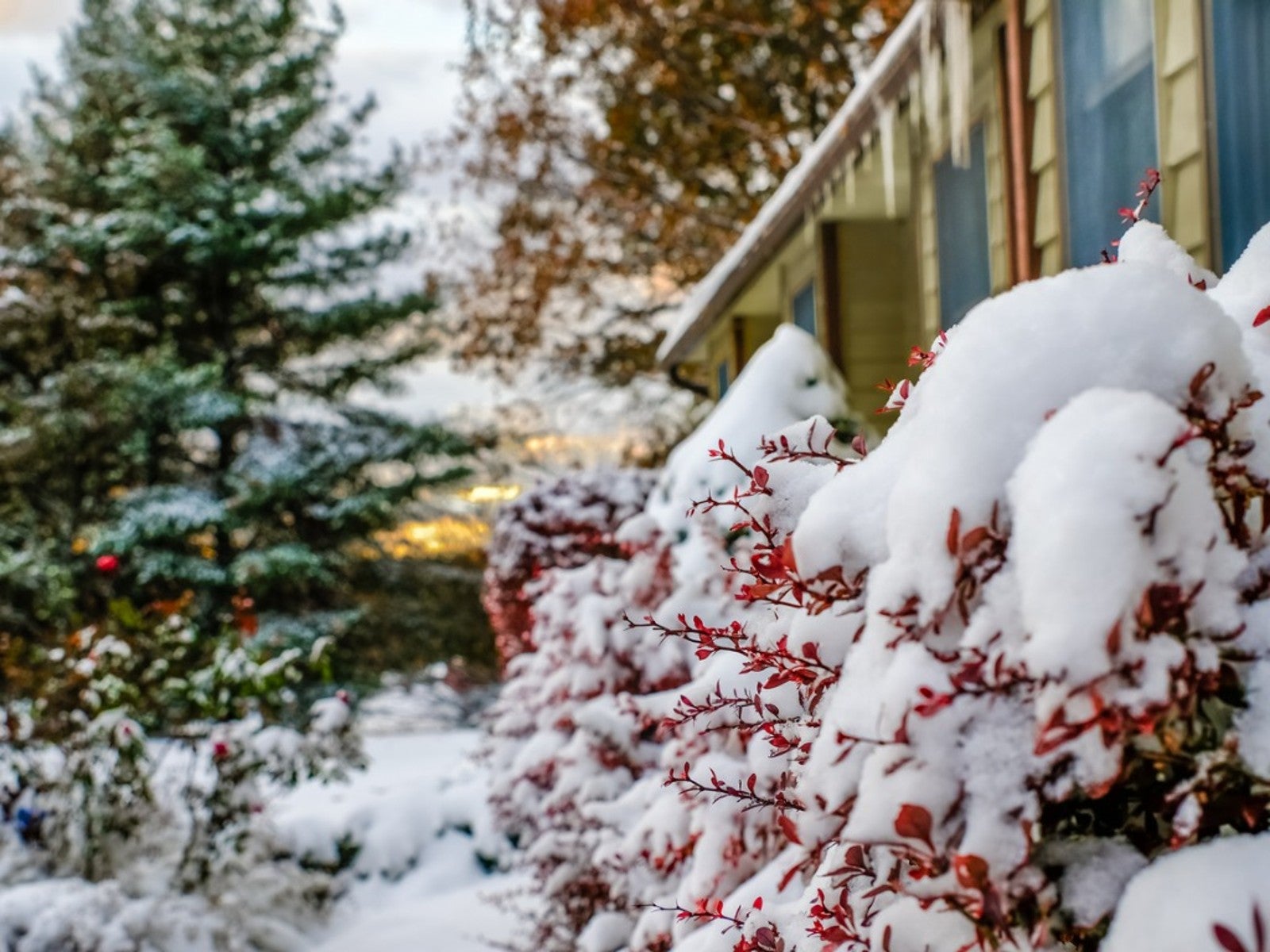 Super Hardy Shrubs And Trees For Northern Climates
Super Hardy Shrubs And Trees For Northern ClimatesWhat are the most cold hardy shrubs and trees for northern climates? Click here to find out.
By Teo Spengler
-
 Flowering Shrubs That Like Full Sun And Heat
Flowering Shrubs That Like Full Sun And HeatSome types of flowering shrubs love full sun and summer heat. Read on for full sun shrub suggestions.
By Teo Spengler
-
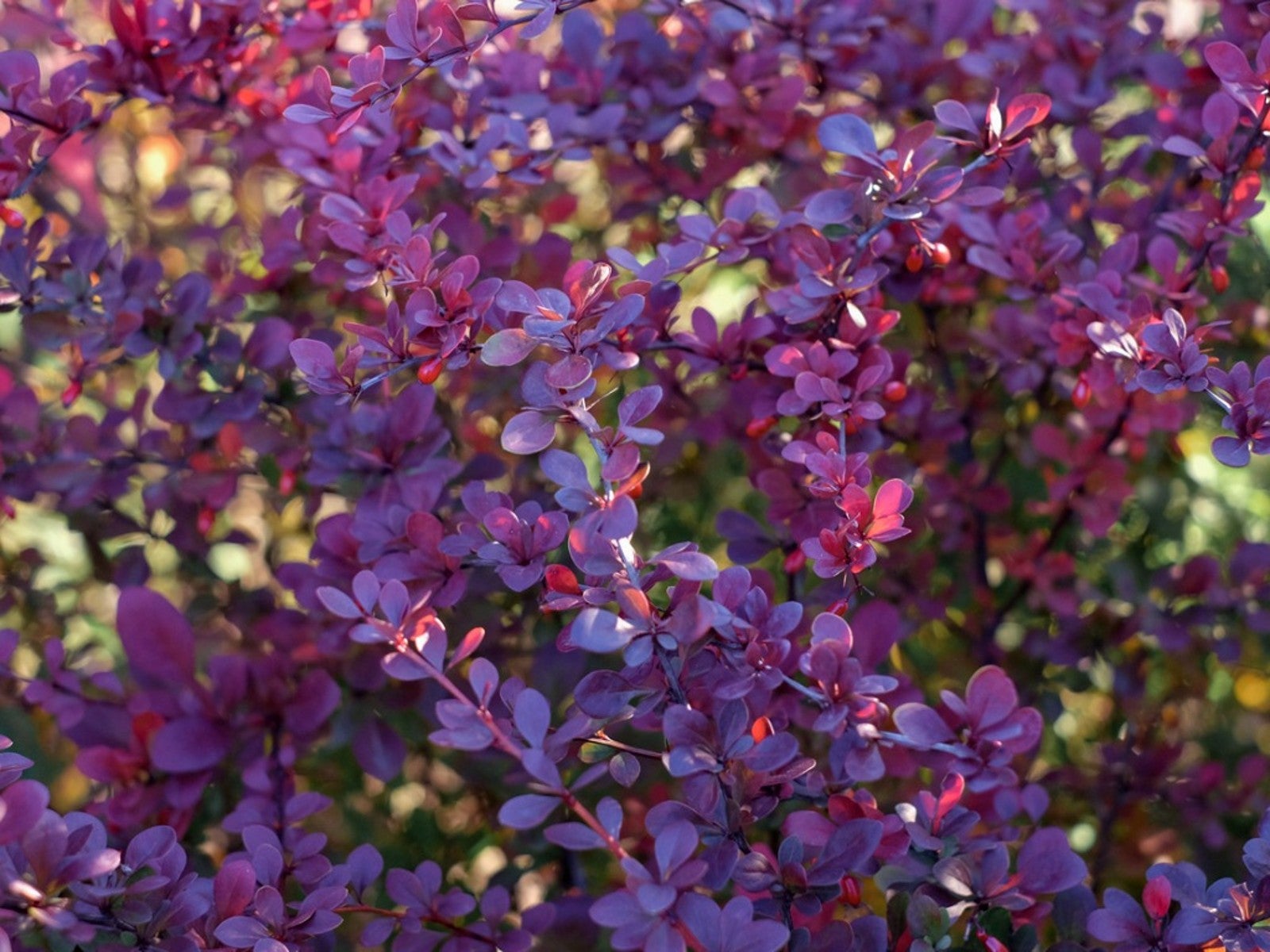 Types Of Shrubs With Purple Leaves
Types Of Shrubs With Purple LeavesIn a garden full of greens and pastels, many gardeners use purple bushes and shrubs for a touch of drama. Here are our favorites.
By Teo Spengler
-
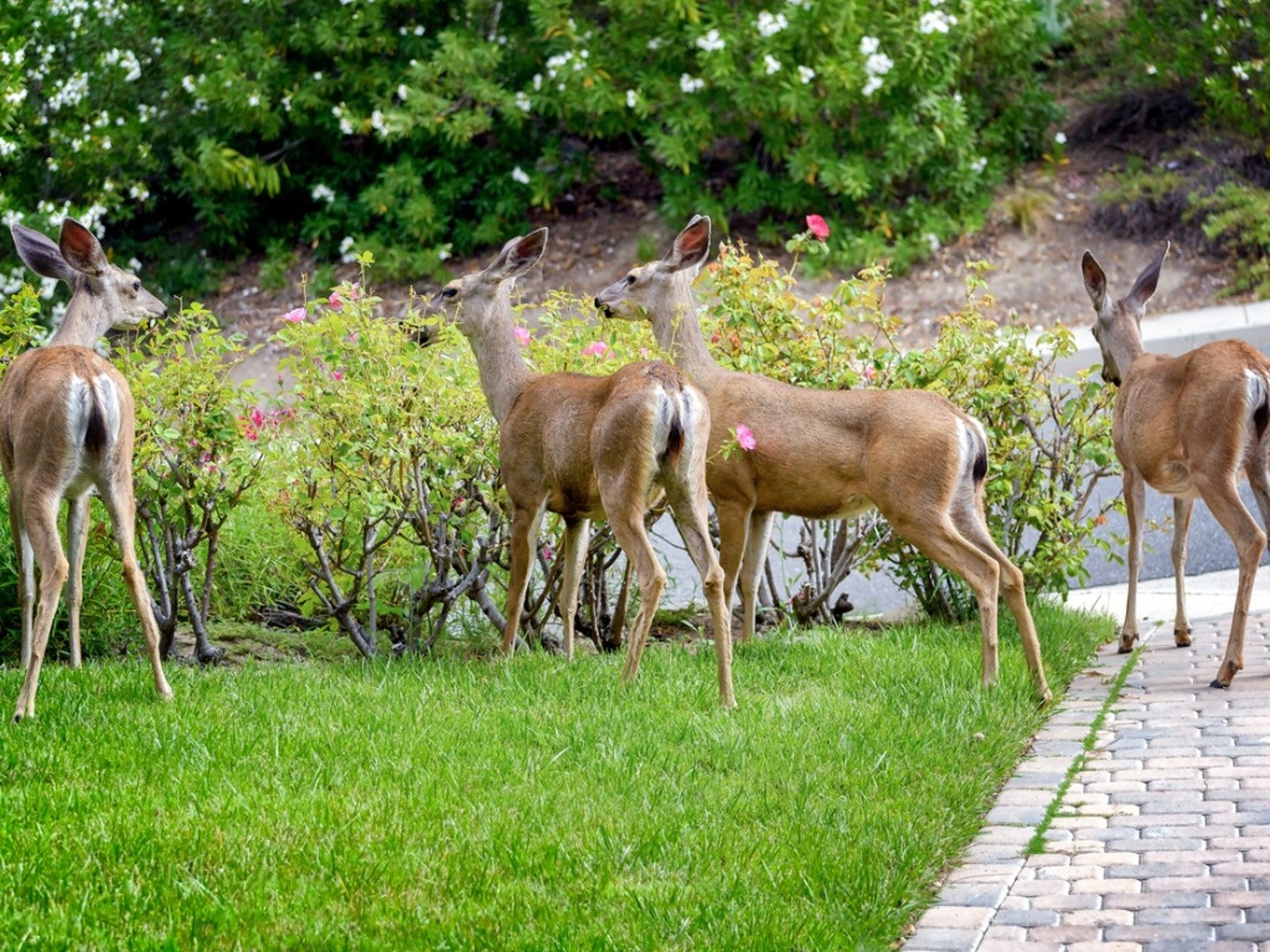 Flowering Shrubs That Are Deer Resistant
Flowering Shrubs That Are Deer ResistantThere is almost nothing a deer will not eat if it is hungry enough, but some plants are better than others. Read on for information on flowering deer resistant shrubs.
By Teo Spengler
-
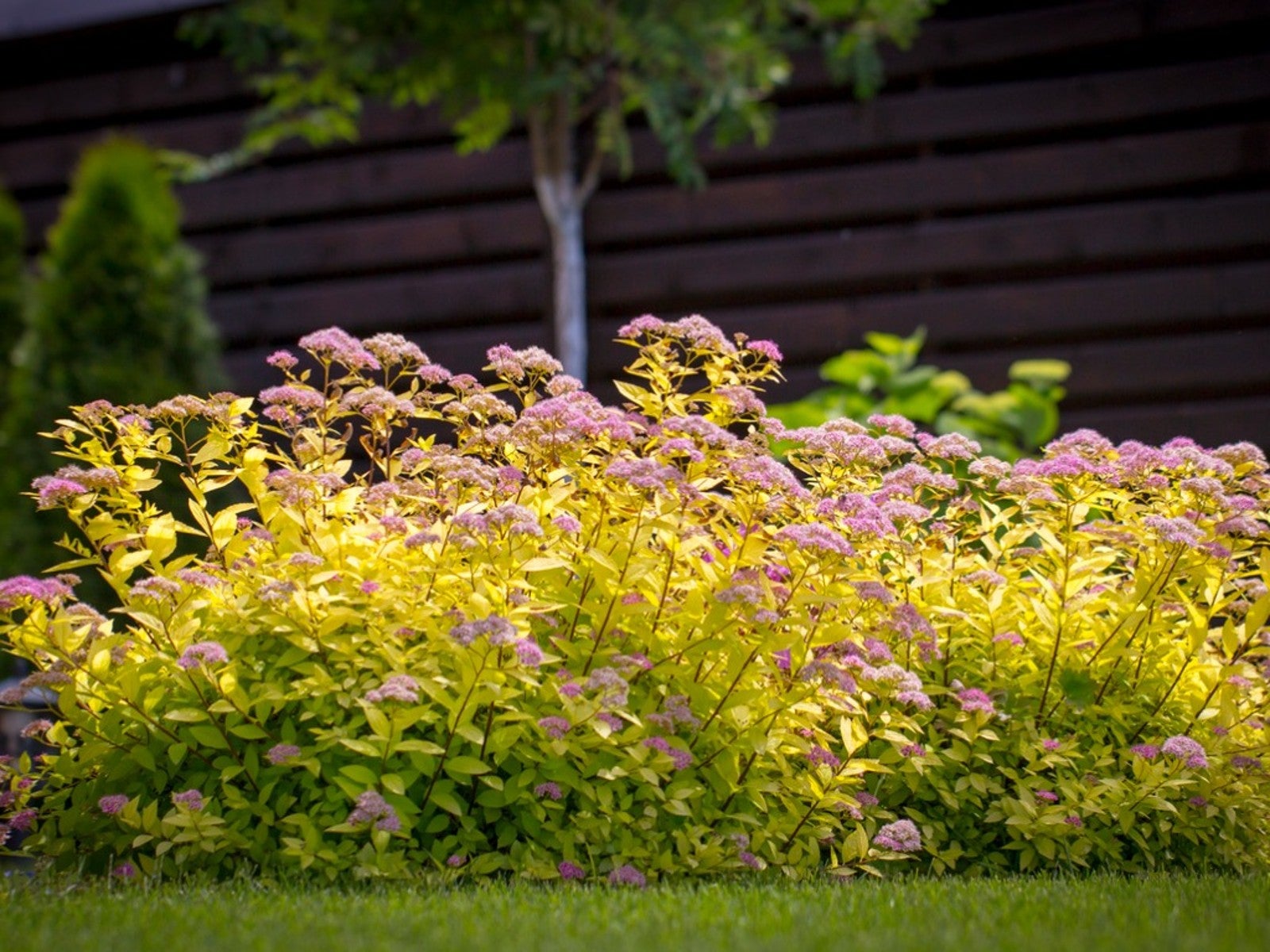 Blooming Invasive Bushes To Avoid
Blooming Invasive Bushes To AvoidWhen it comes to pretty flowers on honeysuckle, scotch broom, and butterfly bush, invasiveness hasn’t always mattered. Today, gardeners know better.
By Mary Ellen Ellis
-
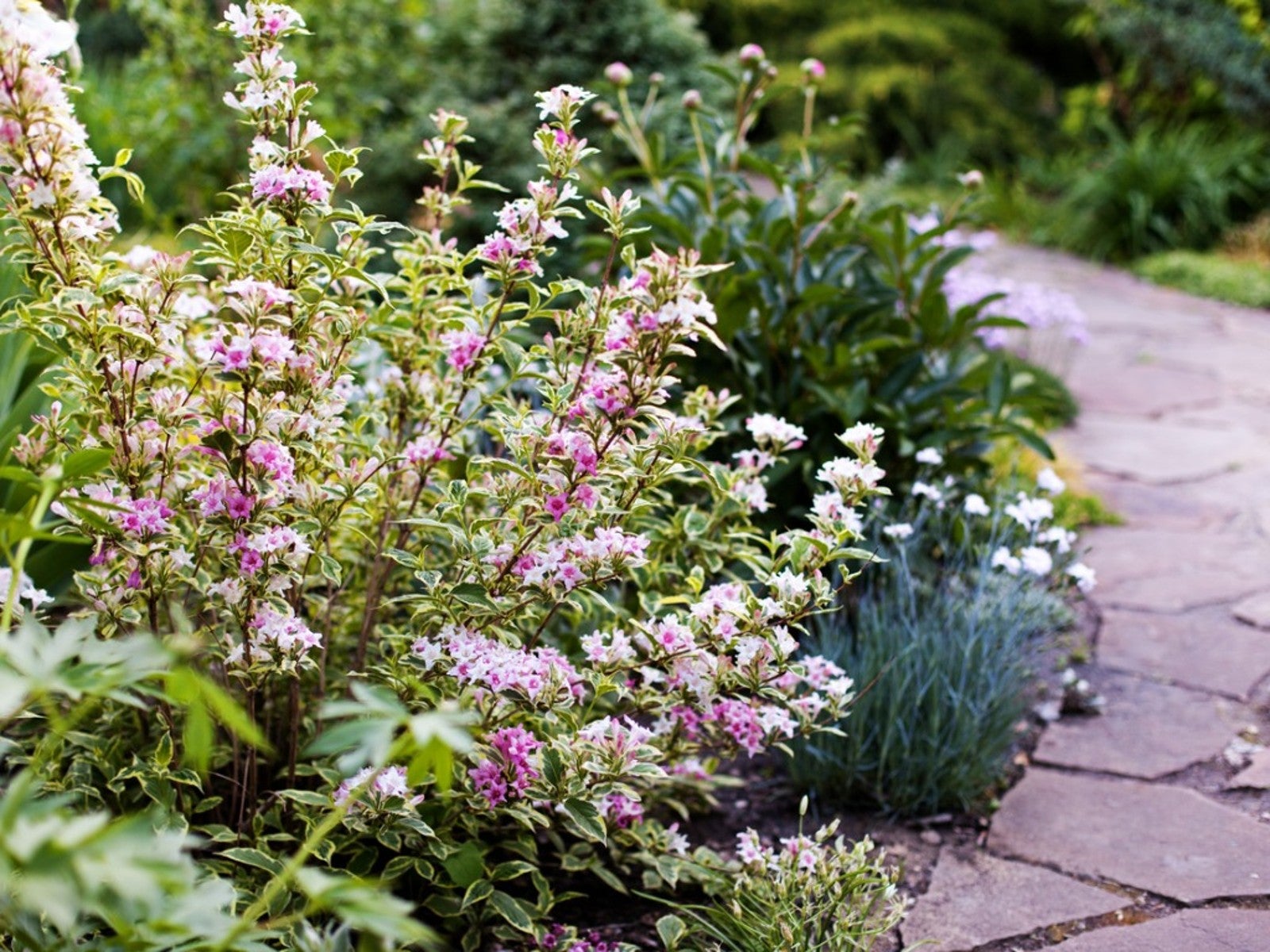 Easy To Care For Flowering Bushes
Easy To Care For Flowering BushesFlowering shrubs are a joy in the landscape, but many gardeners worry about maintenance. Read on for ideas on easy care flowering bushes.
By Teo Spengler
-
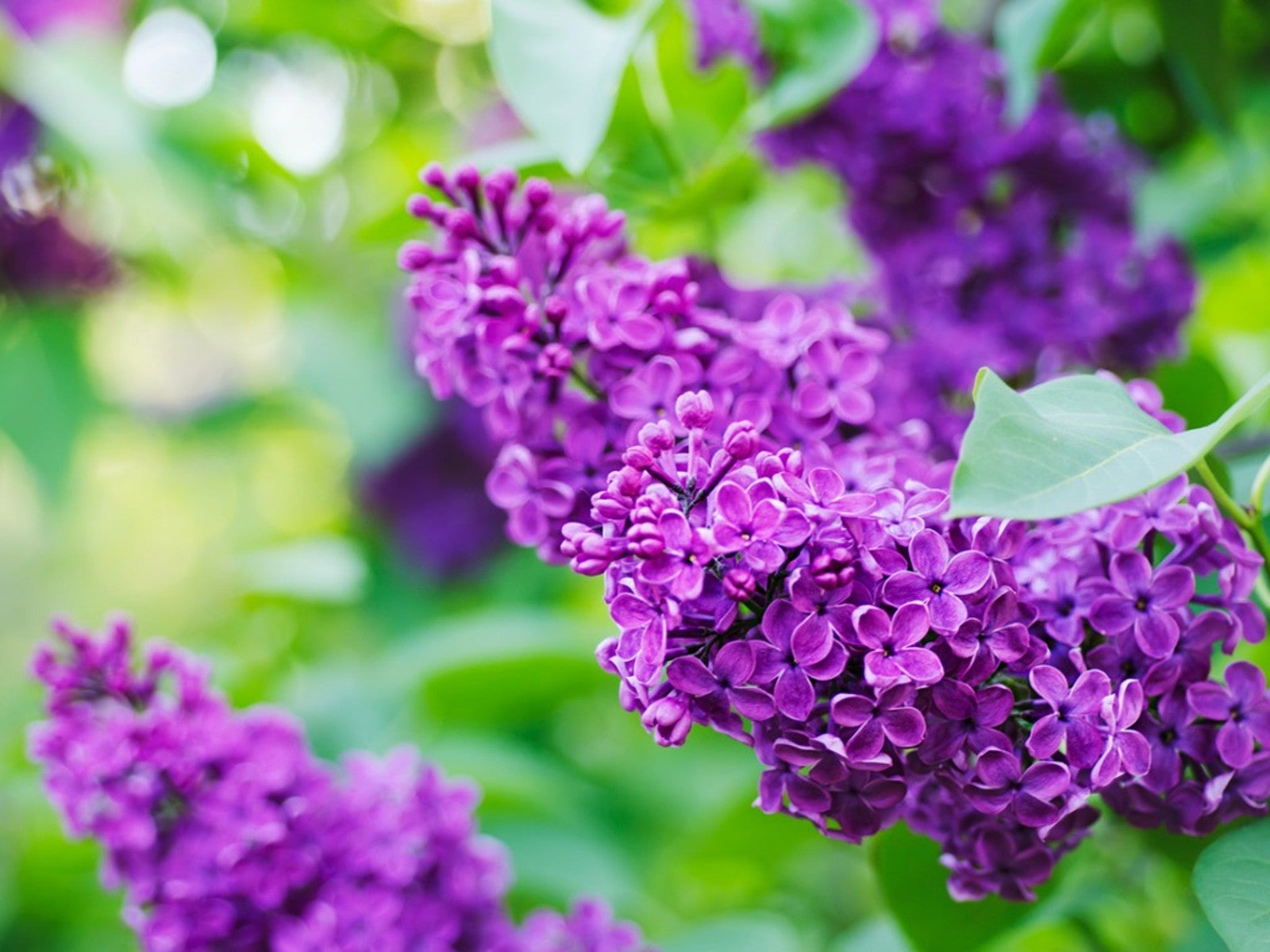 Pretty Purple Flowering Shrubs
Pretty Purple Flowering ShrubsAll flowering shrubs add interest and color to the garden, so why not pick purple? Here are our top recommendations.
By Teo Spengler